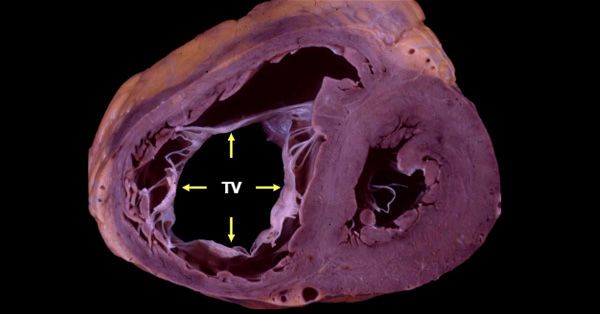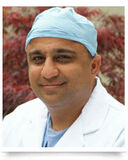The “Forgotten” Tricuspid Heart Valve Gets Transcatheter Love
By Adam Pick on September 20, 2018
We’ve talked a lot about transcatheter aortic valve replacement, also known as TAVR. We’ve talked a lot about transcatheter mitral valve repair (e.g. the MitraClip). We’ve also talked about transcatheter mitral valve replacement devices (e.g. Tendyne) that are in clinical trials.
However… We have not spent a lot of time discussing transcatheter tricuspid valve therapies.

Well… I think that is about to change.
Long referred to as the “forgotten valve”, it appears that more-and-more attention is being focused on this valve. As previously reported, tricuspid valve cases have increased by 500% since 2003. As a result, clinicians and medical device companies are pioneering new techniques or transforming existing therapies to help patients with tricuspid valve disease. You may recall from my interview with Dr. Scott Lim at the Advanced Cardiac Valve Center at the University of Virginia, that the MitraClip is now being used in the tricuspid valve.
New Research About Transcatheter Tricuspid Valve Repair
The reason I’m bringing this up now is that I just read an interesting research update called “Clips and Rings for Tricuspid Regurgitation: Early Data Speak to Progress & Challenges” at TCTMD. The author of the story, Shelley Wood, provides a great update of several clinical studies including the Cardioband, PASCAL and the MitraClip. Interestingly, all of these devices were originally designed for the mitral position. As Wood concludes:
Results from several small and preliminary studies testing a range of devices for tricuspid regurgitation (TR) hint that percutaneous therapies are making progress for what’s long been called the “forgotten” valve. But not all of the studies, presented here at PCR London Valves 2018, turned out as planned—at least in early results—and the jury is still out as to just how big of a clinical impact these therapies might have and how best to match the right patient to the right device.
To help you visualize how one of these transcatheter tricuspid valve repair technologies work, here’s a video animation showing the Cardioband device and delivery system. (In case you didn’t know, transcatheter technologies typically consist of the actual device and the delivery system which enables cardiologists and surgeons to implant devices in the patient’s body using non-invasive techniques.)
To further support your knowledge about the use of transcatheter devices for tricuspid valves and the SCOUT feasibility study, I found this insightful video by Dr. Christopher Meduri on YouTube. If you want to learn more about the “forgotten valve” and transcatheter tricuspid valve repair, this video is for you.
I hope this update helps all of us learn why the “forgotten” valve is becoming memorable. To get more updates about transcatheter technologies, click here to receive my free email newsletter.
Keep on tickin!
Adam













